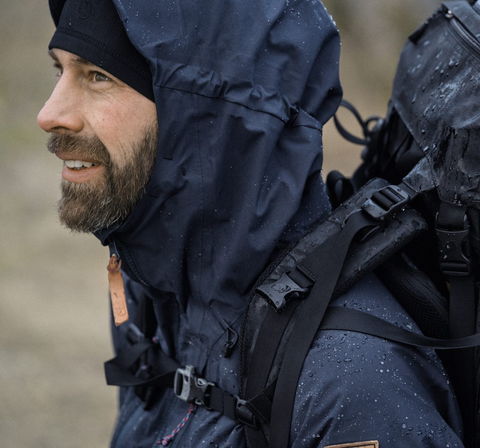
Have you ever bought a jacket that advertised itself as waterproof and thought it wouldn't get wet in the pouring rain, only to find that it was waterproof when you became a wet blanket? How did that happen? That's because each jacket is made in a different way. Waterproof, water repellent, and water-resistant are not to be confused with each other. If you want to discuss breathability as well, the situation gets more complicated. So, what exactly do they mean? And why should you need to know the difference between them?
Water Resistance
Water Resistance is the lowest level of water resistance. If we say that a garment is Water Resistant, it is usually only because the fabric itself acts as a barrier against light rain. A tightly woven fabric has a degree of water resistance because it takes a little time for raindrops to penetrate the fabric. However, we can make use of coatings or immersion to make the material....
Water Repellent
A step above water resistance is water repellency, which means that water can't easily penetrate the fabric - in hydrophobic terms. When rainwater comes into contact with the fabric, it forms water droplets on the surface.
However, the effectiveness of water repellent protection is still limited. Once pressure is applied - for example, during a sudden change in weather or heavy rain - the sheer volume of water will still gradually penetrate the waterproof coating, the fabric and then come into contact with the skin. That's when you need a professional outer layer.
Waterproof
Truly waterproof garments, even when pressurized by rain, are impermeable to water. The amount of water pressure these garments can withstand varies and can be determined by referring to the waterproof factor indicated on the garment's label. The waterproof factor is expressed in terms of how many water columns the garment has.For example, a garment with a waterproof factor of 16,000mm represents the pressure of a water column 16 meters high at a single point, and the possibility of getting wet only if the water pressure reaches this value.
The waterproofing principle comes from the hydrophilic nature of the material, which means that it will absorb water. The material basically absorbs the water and spreads it evenly over the surface. Most of the fabrics are multi-layered, so that rain or snow water will not come into contact with the skin if it is dispersed on the surface.
The hydrophilic fabrics are also treated with a durable water repellent (DWR). The question is, if they are inherently impervious to water, why do they need to be treated with DWR? That's a good question!
Durable splash-proof, as the name implies, means that the water is allowed to condense on the surface (as mentioned earlier). This goes a long way to improving breathability. When we say a jacket is "breathable," we don't mean that it breathes. Rather, it allows moisture from perspiration inside the jacket to escape while keeping rainwater out, something that is impossible when the surface is soaked with water. As we mentioned above, the hydrophilic fabric itself will prevent the rainwater from coming into contact with your body by absorbing the water on the surface; however, it cannot prevent you from getting soaked by your own sweat (commonly known as reverse humidity). At this point, the only way to make a jacket both waterproof and breathable is to combine hydrophilic materials with durable water-repellent technology.
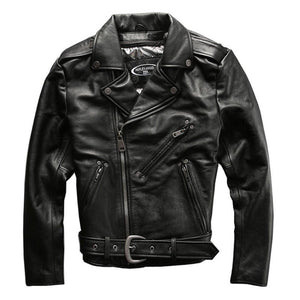
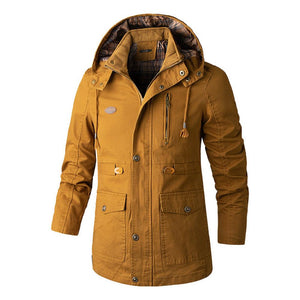
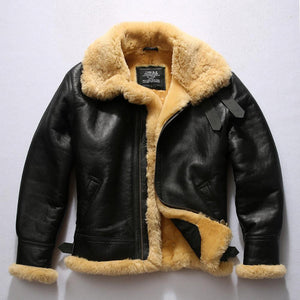
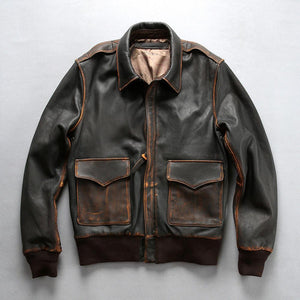

0 comments